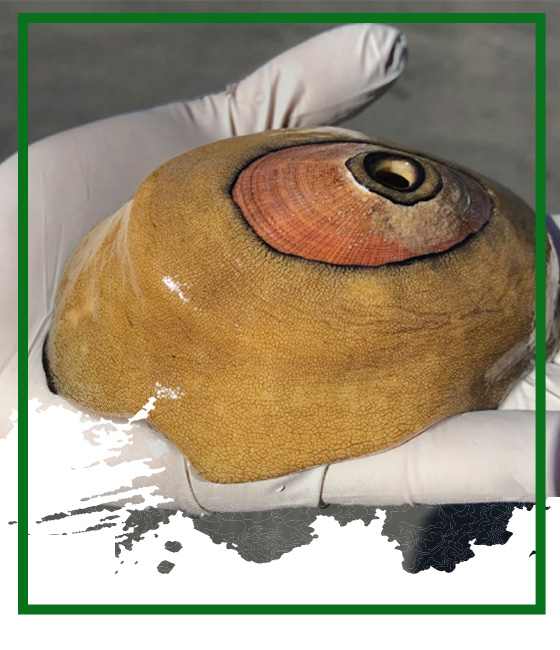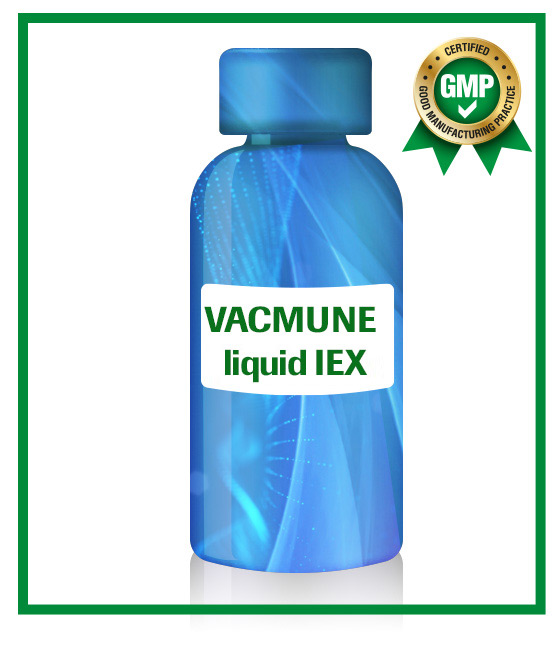h

KLH stands for Keyhole Limpet Hemoycanin, which functions as the respiratory protein of the large California keyhole snail (Megathura crenulata) and occurs in its hemolymphs. KLH is one of the largest naturally occurring proteins, with a molecular mass between 8,000 kDa and 32,000 kDa. In its basic structure, the didecamere, with a molecular mass of 8,000 kDa forms a wooden cylinder as a quaternary structure and consists of two decamers of 10 subunits each – a total molecular mass of 4,000 kDa. The decamers are again composed of five subunit dimers, whereby each subunit, immunocyanine, has a molecular mass of approx. 400 kDa. Each subunit contains eight functional units (a – h), which are connected to each other by short peptide chains. In the active center of each functional unit are two copper atoms, which lead to the bluish shimmering color of the product by binding oxygen.
Especially in the context of the COVID-19 pandemic, viruses, their effects, and their omnipresent presence moved into the focus of the public, and not least also of the corresponding drug regulatory authorities. The GMP-certified production of VACMUNE liquid IEX includes a validated virus depletion process that produces a virus-free KLH product according to state-of-the-art standards.

VACMUNE liquid IEX can be used in the production of vaccines both as an adjuvant and as a carrier for haptens (low-molecular antigens). Due to their many xenogenic epitopes, glycosylations and relative size, KLH products activate both the cellular (TH1 pathway) and humoral (TH2 pathway) immune responses in vertebrates, making them ideal adjuvants in vaccines.

VACMUNE liquid IEX is available as an aqueous solution in vials or in bulk in bags.
For more information, open questions or interest, feel free to contact:
Johannes_Teske@biosyn.de; +49 (0)711 57532-222
Kay_Buechler@biosyn.de; +49 (0)711 57532-133





